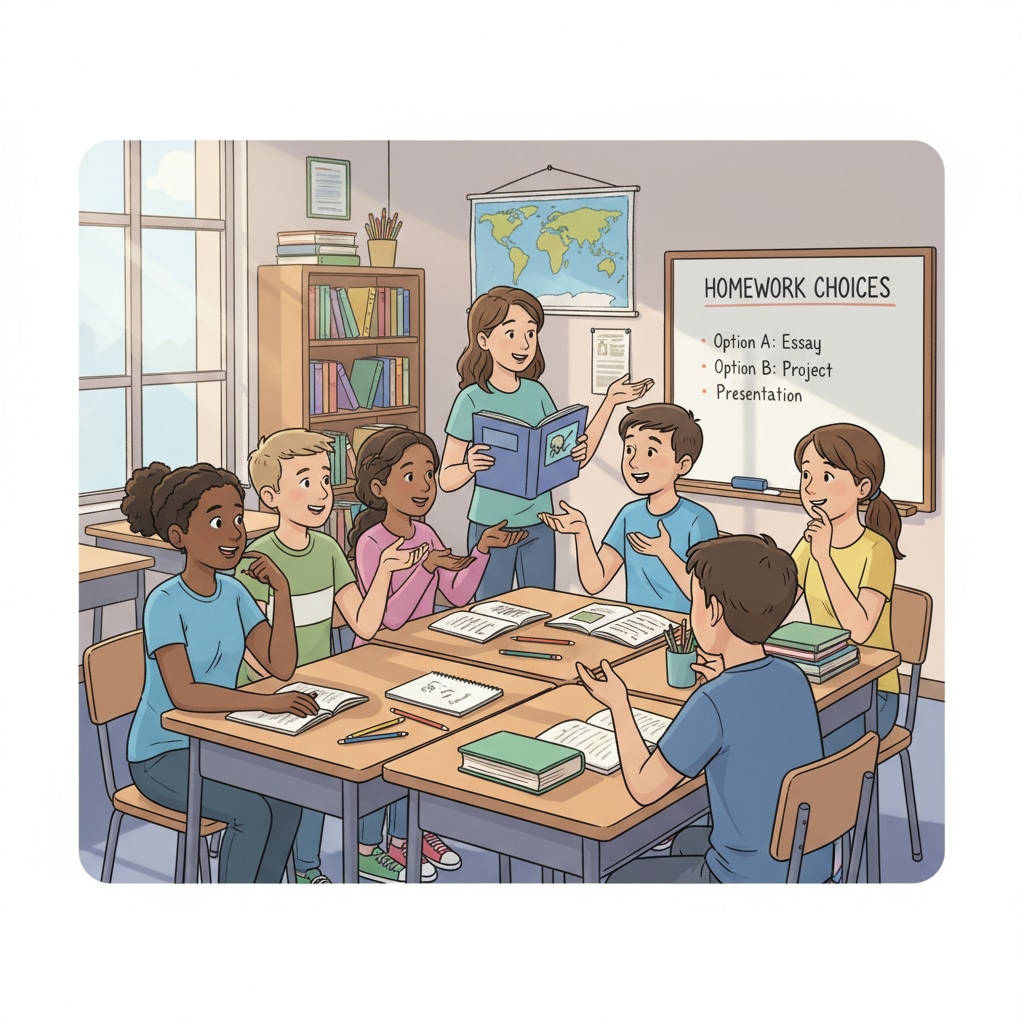Homework, autonomous choice, and learning motivation are three intertwined aspects that have a profound impact on students’ educational experiences. In the traditional K12 education system, homework is often assigned as a mandatory task, leaving little room for students to exercise their autonomy. However, a growing body of research suggests that giving students the power to decide whether to complete their homework can have far-reaching benefits.

The Limitations of the Compulsory Homework Model
The current compulsory homework model has several drawbacks. Firstly, it may lead to a decrease in students’ intrinsic motivation. When homework is forced upon them, students may view it as a chore rather than an opportunity to learn. This can result in a lack of enthusiasm and engagement in the learning process. Secondly, one-size-fits-all homework assignments may not cater to the diverse learning needs and paces of students. Some students may find the tasks too easy, while others may struggle to keep up, leading to frustration and a loss of confidence.
The Negative Impact of Homework Policies on Students
The Power of Autonomous Choice
Allowing students to choose whether to complete their homework can have a transformative effect on their learning. When students have the autonomy to make decisions about their homework, they develop a sense of ownership and responsibility. This, in turn, can enhance their intrinsic motivation as they are more likely to engage in tasks that they have chosen for themselves. Moreover, autonomous choice allows students to take control of their learning pace and style, enabling them to better meet their individual needs.

In addition, giving students the freedom to choose their homework can also foster critical thinking and decision-making skills. They learn to evaluate the importance and relevance of different tasks and make informed choices based on their goals and priorities. This is an essential skill that will serve them well beyond the classroom.
How Student Choice Boosts Engagement and Learning
To implement this approach effectively, educators and parents need to work together. Teachers can provide clear guidelines and options for homework, while parents can support their children in making responsible choices. By creating a supportive environment, we can help students develop the skills and confidence they need to thrive in their educational journey.
Readability guidance: As we’ve seen, the traditional compulsory homework model has its limitations. However, the concept of autonomous choice offers a promising alternative. By giving students more control over their homework, we can enhance their learning motivation and overall educational experience. This approach not only benefits students academically but also helps them develop important life skills.


